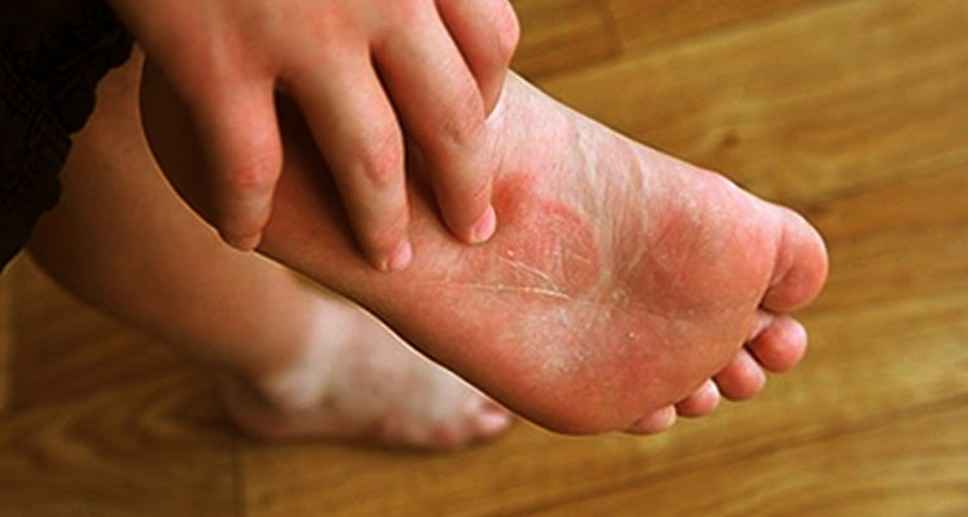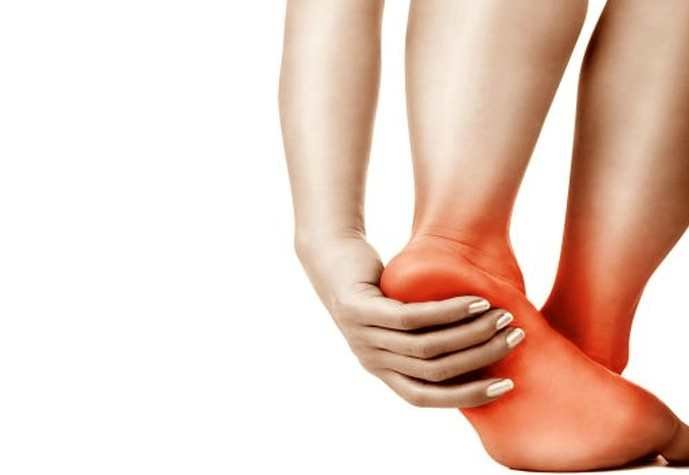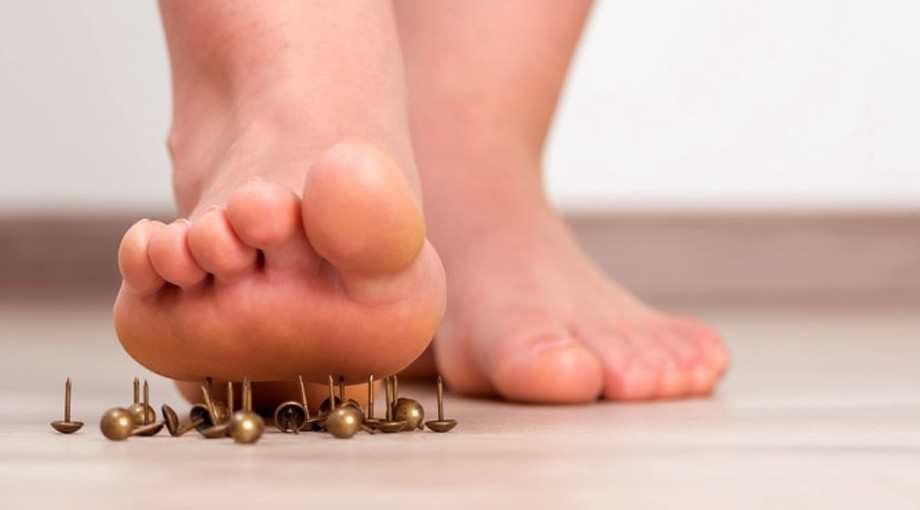Ringworm on Foot
Ringworm on foot is one of the most common fungal infections affecting the skin of the foot. It happens to a lot of people at some point in their lives. Ringworm of the foot is most prevalent in the male gender and the chances of getting it increases with age. It may sometimes extend to the toenails since it could begin with the toe.
Besides, it can affect the skin just around anywhere on the foot and the fungi can spread from person to person. Note that wearing closed shoes or having a sweaty feet can increase the chance of having ringworm on foot, it can also happen to anyone irrespective of what they wear or how they sweat on their legs. However, it is important to note that ringworm of the foot which is also known as Athlete’s foot is not a severe condition except in a situation where the damaged skin of the foot becomes infected with bacteria. There are a lot of treatment options for this condition as well as some preventative measures that can be adopted to reduce the chances of getting the infection.
Symptoms of Ringworm on the Foot
The symptoms of ringworm of the foot can vary due to several conditions. It is also important to note that the symptoms may also vary due to the type of infection you may have. Besides, there is also a possibility that the symptoms may not always be clear on the foot. However, whatever the case, ringworm on foot will present some sort of symptoms most of the time and they include:
- Itchy Feet
- Tiny blisters
- White to red lesion between toes
- Cracked or peeling skin
- Dry scaly skin
However, the symptoms could present differently with different type of infection. The following explains the symptoms based on different infections.
- Moccasin Type Infection: This type presents soreness of the foot. Besides, the skin on the heel of the foot will become cracked and thick. In some extreme cases, there is a possibility of the toenail getting affected in such a way that it can crumble and fall out.
- Toe Web Infection: Here, the most affected area is usually the fourth and fifth toe. The symptoms include cracks, peels and scaly skin.
- Vesicular Type Infection: Present itself as a sudden outbreak of blisters of the skin which are normally at the bottom of the foot. However, the symptoms could appear just anywhere on the foot and bacterial infection is possible with this type foot ringworm.
Note that the fungus that is responsible for ringworm in foot may spread to other parts of the body as a result of scratching the area and the skin of the foot may become dark and thick whether it is itching or not. However, it is important to mention that most skin allergies may look like ringworm of the foot. Therefore, doctors may likely take a scraping of your skin to the lab to check and confirm the type of dermatophyte in order to prescribe the right treatment.
Causes
Ringworm of the foot is caused by fungus that grows in the layer of the skin. They are known as dermatophytes and there are different species that can infect the skin of the foot. For example, some of the species that can cause this condition include trichophyton tonsurans and trichophyton mentagrophytes. They tend to cause superficial infections because of the enzymes that digest the skin protein. They tend to thrive in environment considered warm, dark and moist. This is why the foot becomes a victim since it provides an ideal micro environment as a result of wearing closed shoes. What the closed shoe does is to trap the body heat, shield the fungi from getting sunlight and prevent the generated sweat from evaporating. This provides the ideal environment and hence the beginning of ringworm on foot.
It is important to note that it can be easily spread and this is why you can get it just from touching the foot of a person who has it. However, in most cases, it comes from walking barefoot on contaminated surfaces. This allows the fungi to grow in a closed shoe and cause it spread to all parts of the foot.
How to Get Rid of Ringworm on Foot
It is important to note that treating ringworm on foot will depend on the severity and the type involved. However, in most cases, it can be treated using both topical and oral medication. This will include an antifungal medication aimed at killing the fungus or slowing its growth.
First of all, you can use nonprescription antifungal medication and this includes terbinafine, miconazole and even clotrimazole. Note that the nonprescription antifungal medications are normally applied to the skin and should be used as the first line of treatment.
You can then try the prescription antifungal medications if you want to get rid of ringworm on foot. The prescription type medication is normally used when the nonprescription fails to get rid of it or if you are having a severe infection. The type of medicines in this category includes Naftifine, clotrimazole and butenafine. In addition, it can also include oral antifungal pills which include itraconazole, fluconazole and even Lamisil.
However, note that the doctor may only prescribe oral antifungal pills in severe or extreme cases and this is because they would normally require some kinds of periodic testing due to its dangerous side effects. To ensure that it gets completely treated, it is always advisable to finish the prescribed dosage of the antifungal pills even if the symptoms stops or improve at the initial stage of taking the pills. Do not forget that ringworm on foot can return if not well treated but a complete treatment will surely reduce the probability of a return.
Do not get worried when taking the oral antifungal medication and not seeing an immediate effect. This is because the oral antifungal pills normally produce effect when the full prescribed dosage is completed.
Pictures of Ringworm on Foot
How does ringworm on foot look like? Take a look at these pictures to get to know how it looks like:
Home Remedies
Fortunately, you can treat ringworm on foot at home by utilizing a variety of home remedies that are effective. However, it is important to note that for people that have diabetes, home remedies should be taken with precaution due to complications with their existing conditions. Therefore, in this case, it is always best to consult your doctor before taking any action. The following are some home remedies that work.
Use Vinegar and Salt
This is one of the most common home remedies for ringworm on foot. What you need to do is to form a paste of salt and vinegar and apply directly on the affected area. Allow for some minutes after each application. All things being equal, the result will start showing in a week
Apple Cider Vinegar
It is important to mention that apple cider vinegar is one of the most effective items for the treatment of not just ringworm on foot but also other skin problems. This is because it has strong antifungal properties. Apply on an infected area at least twice a day for two weeks and you are likely to start seeing results. However, note that you have to confirm that your skin can tolerate the Apple Cider Vinegar before use.
Other home remedies worthy of mention include the application of garlic, Tea Tree oil and Turmeric. You can try them as they are effective.





